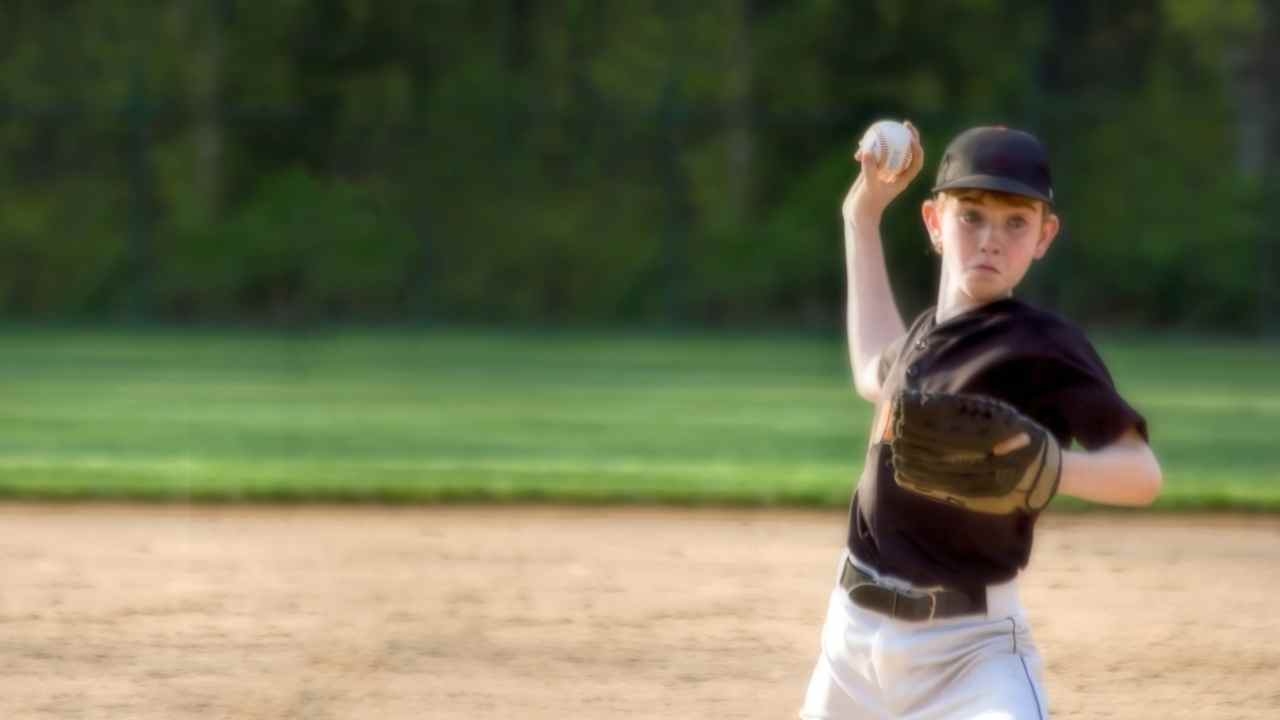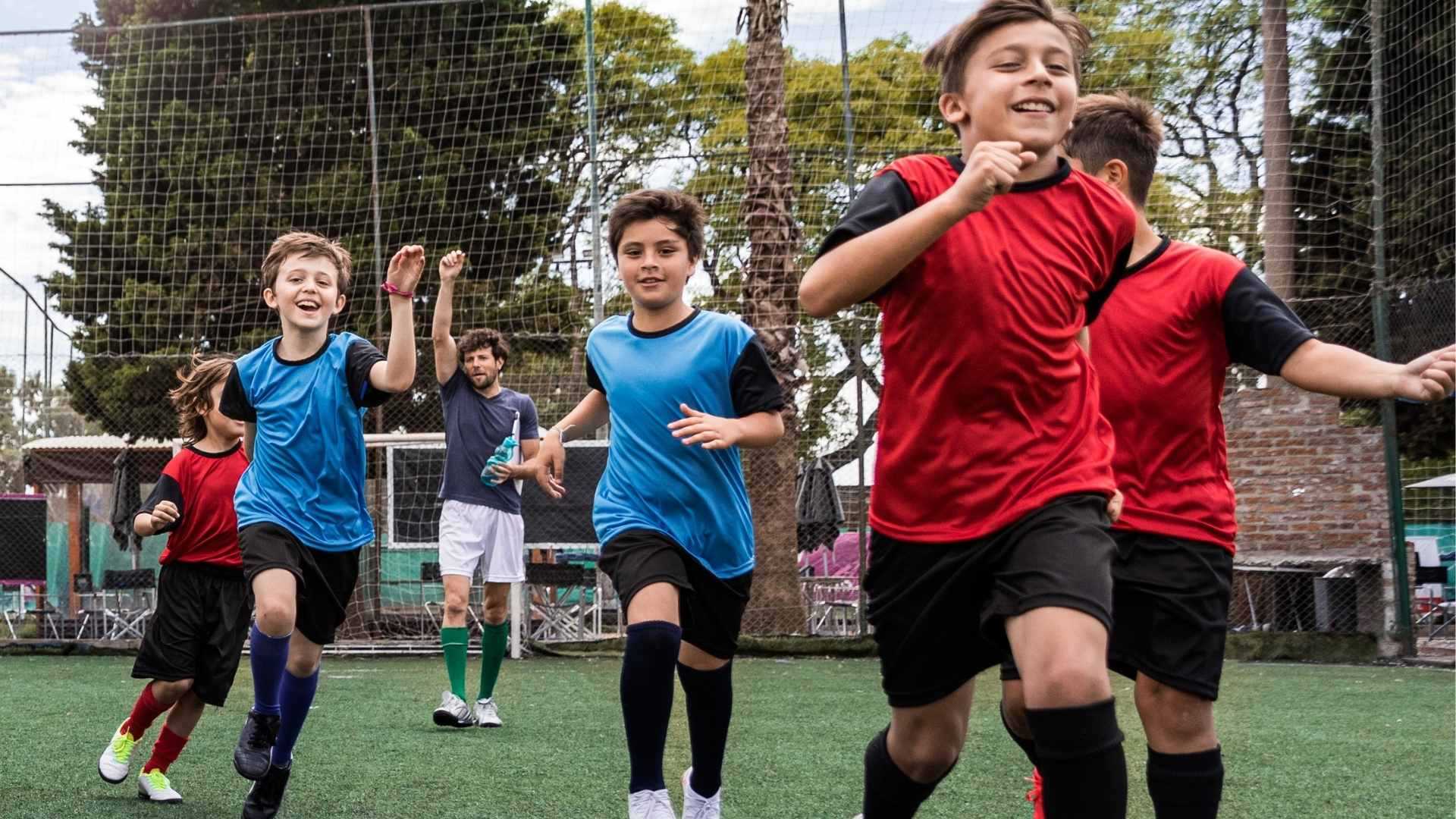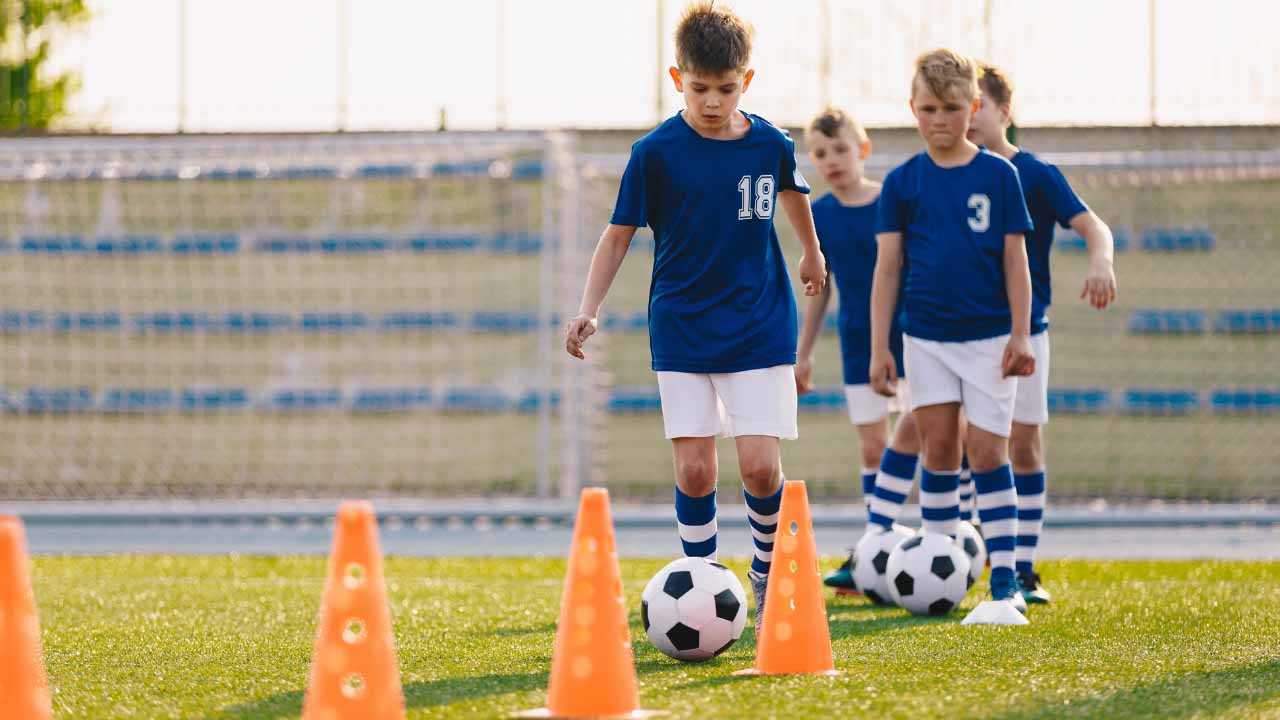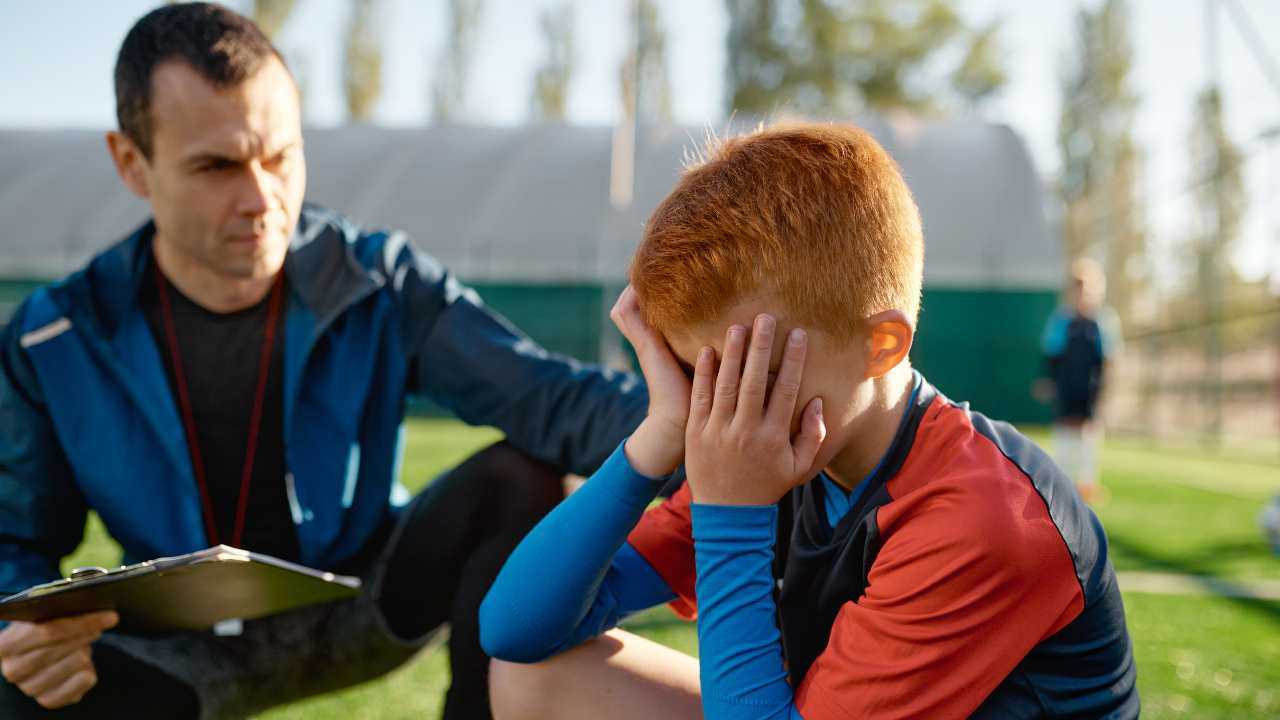Why Locking Kids Into Just One Position Goes Against the Goal of Youth Sports
Early specialization — in a sport or a position — misses the whole point
Brandon Hall
| 6 min read

Canva
“My son’s a shortstop.”
“My daughter’s a striker.”
“My kid’s a point guard.”
All too often, sports parents approach the coach with this type of sentiment. They believe they’re doing their child a favor. “Why waste time fussing with other positions when I know which one’s best for them?” they reason. Same for the youth sports coaches who force players into one position because they think it gives the team the best chance at winning. Winning is good, right? So why not keep them where they help the team most?
But in reality, youth athletics, particularly between the ages of 5 and 10, should be a time for kids to experience everything the sport has to offer. That means playing a variety of positions. In the long run, this will often serve them infinitely better than confining them to one spot on the field or court. Playing different positions offers many of the same benefits of playing multiple sports, and just as youth athletes should not be pressured to specialize in one sport too early, they should not be forced to play solely one position too early.
Age makes a difference
For one, we have no idea how these kids will mature. See that 7-year-old who’s dominating at forward on the youth soccer team? The one who’s bigger, faster and more coordinated than their peers? Well, odds are they won’t be the biggest, fastest, most coordinated player on the field by the time they’re 17. If they only played forward during their youth because that’s generally the spot where the most physically mature kids thrive, they’ll likely be ill-prepared to change positions later in life after that physical advantage suddenly vanishes.
Same goes for the tall, lanky 3rd grader who gets stuck as the all-time center in basketball. When his growth spurt isn’t quite as significant as his peers, what foundation of skill will he have to draw from when he tries to make the freshman team as a forward or guard?
Variety keep kids engaged
We must also consider the sports experience from the child’s eyes first and foremost. If we only stick a kid at, say, right field in baseball, and they don’t enjoy it because it’s not enough action, why would they want to keep playing? A couple seasons go by, and they quit baseball because it simply “isn’t fun.” Well, imagine if he had a chance to play a position like pitcher or catcher, where there’s action on every pitch? Their perspective on the sport could’ve been totally different.
“At a young age, you don’t know what your best position is,” Bob Motzko, head men’s hockey coach at the University of Minnesota and 2018 Herb Brooks Coach of the Year award winner, told ADMKids.com. “At the younger ages, the biggest benefit of playing around is just finding what kind of hockey player you are and where you’re having the most fun.”
If we truly value sports and believe in the lessons they can teach the next generation, burnout is the worst thing that can happen to a youth athlete. Burnout refers to a young athlete reaching physical and emotional exhaustion with regards to playing a certain sport, causing them to drop it all together. According to the National Alliance for Sports, roughly 70 percent of kids who get involved in competitive sports prior to their teenage years quit organized sports altogether before they reach age 13. By consistently varying the positions they play, we ensure youth athletes experience all a sport has to offer. Not only should this help avoid early burnout, but it should also help build more versatile, well-rounded athletes.
Specialization comes later
Mike Matheny covered the topic of kids playing multiple positions on his blog. Matheny played 13 seasons in the MLB as a catcher, winning four Gold Glove awards. He then coached little league baseball for several years before becoming the manager of the St. Louis Cardinals, where he led the team to three straight division titles between 2013 and 2015.
“I do believe that kids should start putting more time into certain positions, but that is not until they are well into their teenage years. We are seeing kids who are just getting started in the game that are told that they are ‘Pitcher Only.’ Are you kidding me? These kids don’t even know which position they may have the most interest in, and it is being decided for them by a coach or parent. Please, let these kids play all the positions on the field at the beginning stages of the game, and I am not just talking about tee-ball,” Matheny writes. “I know that it is hard to put a kid out there who can hardly catch a ball, but if you go about it the right way, he will eventually get there. At the youth level, every kid should play the same amount. Fight the temptation to keep putting the kids out there who excel at certain positions.”
Matheny notes his only exception to the rule would be catcher, as if a kid is terrified of the position, they shouldn’t be forced into it. But otherwise, every player should play every position, including pitcher.
Making rotations work
Once we accept that kids should play multiple positions, we need to ask ourselves how to best go about it? It’s a topic that could easily be worth its own piece, and perhaps a piece for each respective sport. Some youth leagues have specific rotation rules that must be followed, but what about leagues that do not?
Ultimately, discussions between coaches and players can provide a lot of insight into how effective a rotation process is. Questions such as “How did that position feel different from the others you’ve played?” “What did you like about that position?” and “What did you not like about that position?” can help coaches realize if their rotation is giving players ample time to experience a role and learn what the kids are getting out of the experience.




